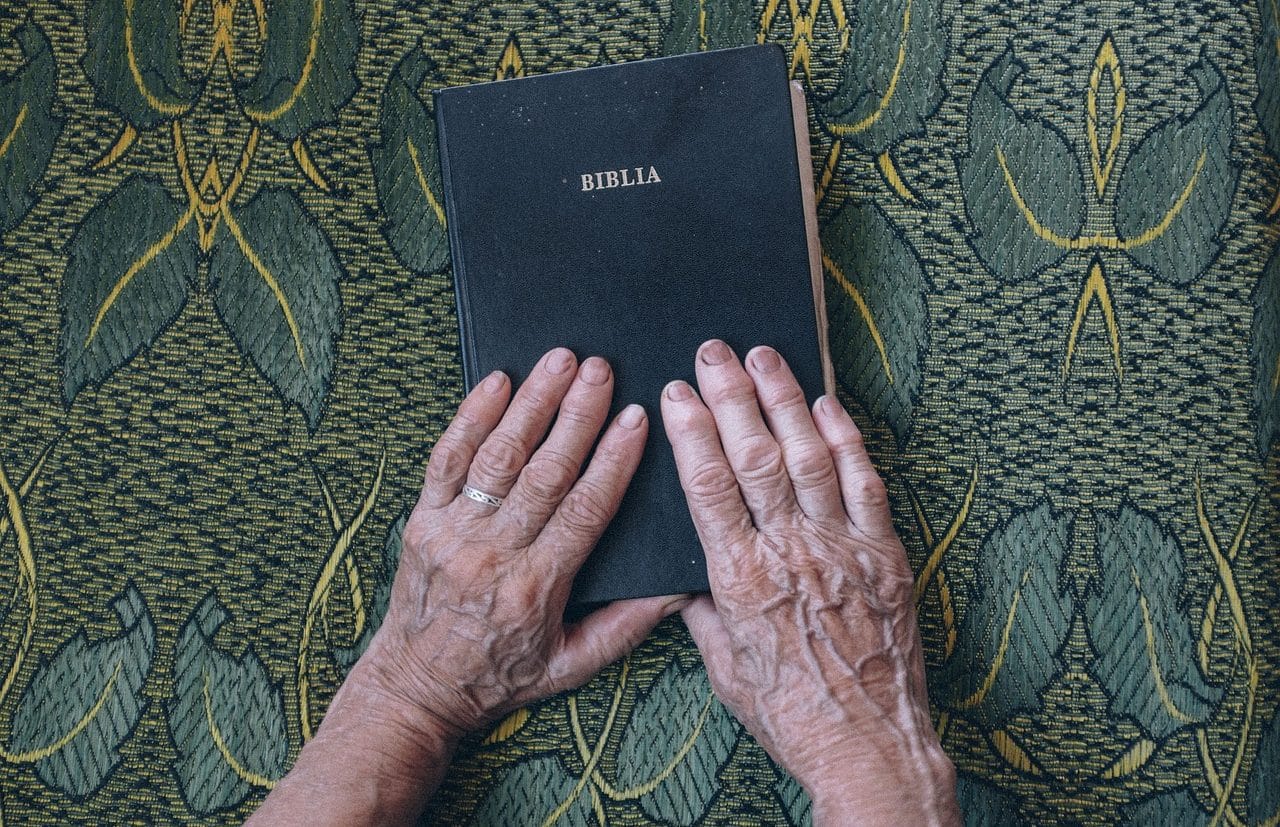
The concept of blessed can refer to a devotee who goes to a temple frequently.
Blessed is a notion that comes from the Latin word beātus . As an adjective, it can describe someone who is blessed or who was beatified by a pope of the Catholic Church .
The idea can also be used as a noun to name the devout individual who frequently goes to a temple ; to the subject who, without settling into a community, wears a religious habit ; and to the woman who wears a religious habit and who carries out activities on behalf of her community.
The concept
Generally, a deceased person is called blessed and can be honored through a cult once the pope has certified his or her virtues . Beatification is one of the steps towards canonization : before being considered a saint , the individual in question is declared a servant of God , then venerable , and in a third stage, blessed .
The Congregation for the Causes of Saints is the body of the Holy See that has the function of analyzing the possible beatification of a person. This entity studies the virtues, works and miracles of the potential saint to finally specify the declaration in question.
Examples of blessed
Throughout history, there have been many individuals considered blessed by the Catholic Church, both women and men. One of the many examples was Marianna Biernacka , born in Lipsk ( Poland ) in 1888 . This is one of the one hundred and eight people that John Paul II beatified just a century after his birth, in 1999 .
Marianna was born into an Orthodox Christian family, but at the age of seventeen she converted to Catholicism. Three years later she married Ludwik Biernacki and had six children. After becoming a widow, she stayed in the house of one of her children.
In 1943 , when the Nazis invaded Lipsk and carried out a cruel mass execution to avenge the death of their soldiers in a nearby village, they attempted to capture his son and his pregnant wife, but Marianna begged to be executed instead. instead; and so they did, taking the life of the fifty-five-year-old with a cold-blooded shot.
On the other hand we have the story of Sebastián de Aparicio Prado , a Spanish Franciscan born in the Kingdom of Galicia in 1502 , whose work as a missionary was worthy of admiration. At the age of 31 he moved to New Spain , a viceroyalty located in North America under the control of the Crown when it had the so-called New World under its rule, from the 16th to the 19th centuries . There he carried out various tasks that promoted livestock farming and economic growth, until four decades later he devoted himself fully to religious life .
Charles of Blois , for his part, was born in the French city of Blois in 1319 and held the titles of baron, lord, count and duke. The Catholic Church nicknamed him Charles the Saint , although he has not been sanctified. Among the reasons why he was recognized were his way of being and his virtues. After his death, various miracles began to take place at the site of his tomb, according to the pilgrims .

A beatus is a medieval codex that collects the comments made by Beatus of Liébana on the Apocalypse.
Medieval codices
Blessed, on the other hand, are the codices made in the Middle Ages that reproduce the comments made by the monk known as Blessed of Liébana about the Apocalypse .
There are more than thirty blesseds that are at least partially preserved. These codices were written between the 10th and 13th centuries to copy the “Commentarium in Apocalypsin” by Beato de Liébana .
Among the best-known blesseds are the “Blessed of Fernando I and Doña Sancha” , the “Blessed of San Miguel de Escalada” and the “Blessed of San Millán de la Cogolla” .
